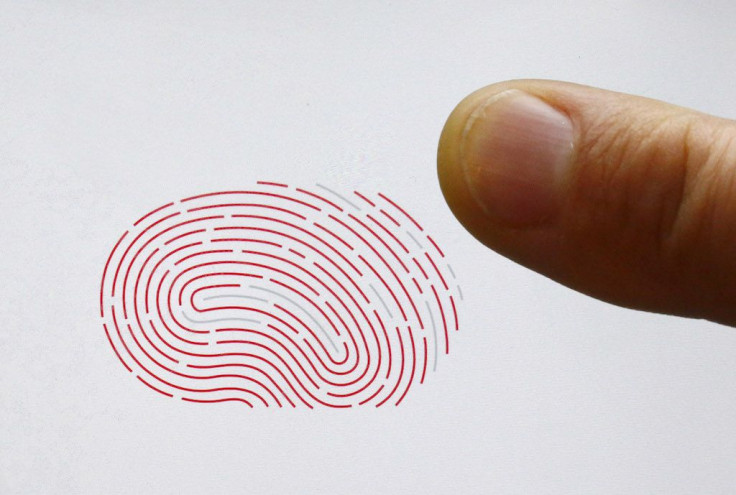New Fingerprint Sensor Technology Can Detect Pressure, Temperature

Fingerprint scanners are the most reliable form of security on smartphones today, and it seems this type of technology could become even more secure in the future. A group of Korean researchers have revealed a new fingerprint sensor that can also measure pressure and temperature.
Researchers from Ulsan National Institute of Science and Technology in South Korea published a paper yesterday on Nature Communications that goes into detail on how a new fingerprint sensor array works. The researchers used nanofibers and nanowires to form the electrodes needed to measure the minute electrical current that’s generated from the user’s finger. These types of wires make the sensor nearly invisible to the naked eye.
The fingerprint sensor array includes a temperature sensor, which is said to be another layer of security. The temperature sensor is able to detect if the device is being touched by a real finger and not by an inanimate object, according to Phone Arena. The minimum temperature required is set at 30°C, while the maximum is 45°C. For reference, the normal body temperature is accepted as 32°C.
Although this sounds like a neat feature that can thwart spoofing, the downside here is if users are colder than usual due to environmental reasons. If the user’s temperature isn’t within the required limits, the fingerprint authentication might not push through.
“These sensors exhibited excellent optoelectronic properties and outstanding reliability against mechanical bending. This fingerprint sensor array has a high resolution with good transparency,” the researchers said. “Furthermore, this fingerprint sensor array can be integrated with all transparent forms of tactile pressure sensors and skin temperature sensors, to enable the detection of a finger pressing on the display.”
Since the sensor array is transparent, it can be placed underneath displays. Not only that, the technology could also potentially allow smartphone manufacturers to extend the fingerprint sensor’s coverage on a larger portion of a smartphone display. In theory, this means that user’s won’t have to worry about where they have to place their finger when they try to unlock their phones.
There are already phones available in the market that have in-display fingerprint scanners, like the Vivo Nex and the Vivo X21 Plus UD. However, those devices use optical fingerprint sensors that are only able to recognize fingerprints when the user’s finger is illuminated through the display. The researchers believe that their fingerprint sensor is more secure and it even satisfies FBI standards. The researchers also claim that the new technology improves current scanning methods by up to 17 percent.
For those expecting this technology to arrive soon, don’t get too excited. It would take years before this type of fingerprint scanner is included in consumer-ready smartphones.
© Copyright IBTimes 2024. All rights reserved.




















